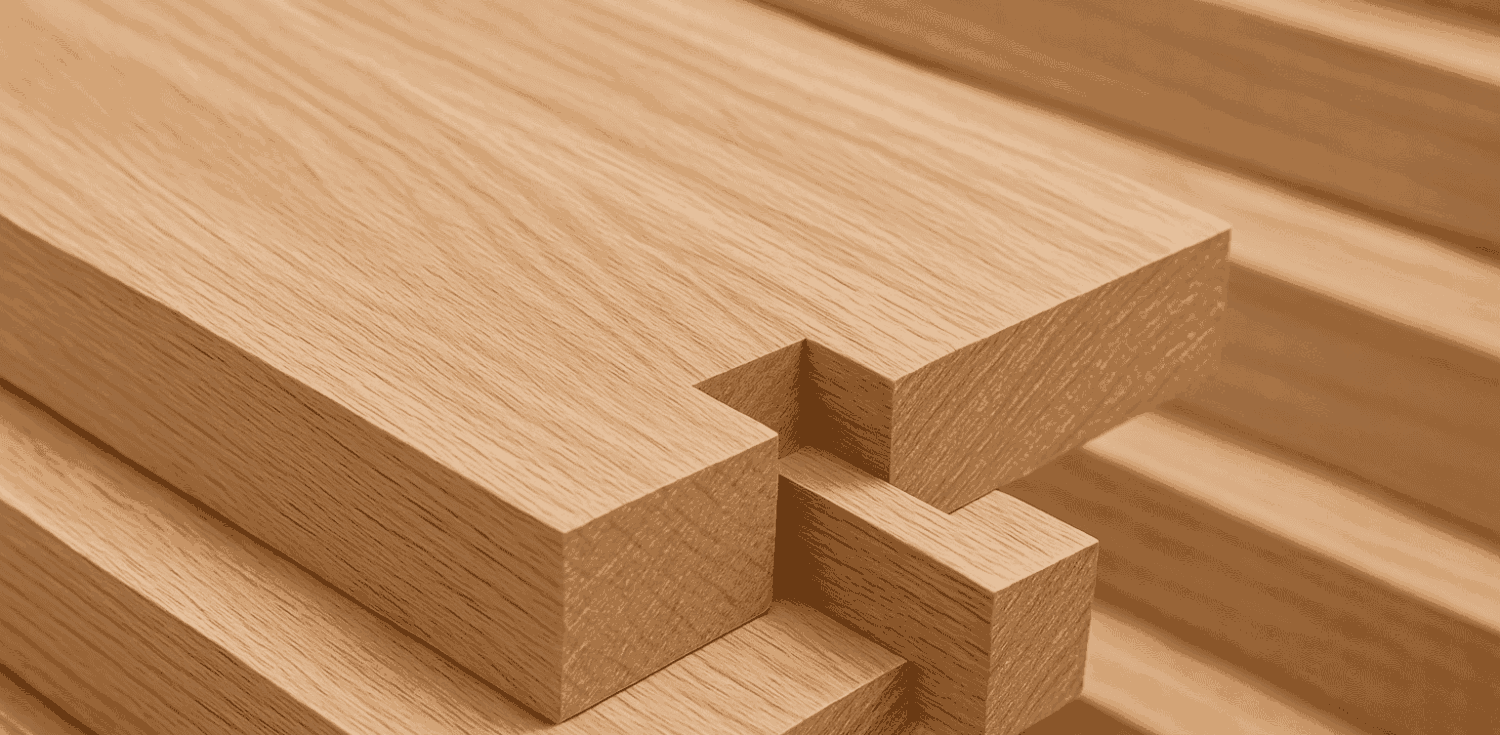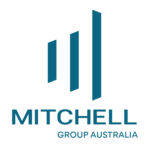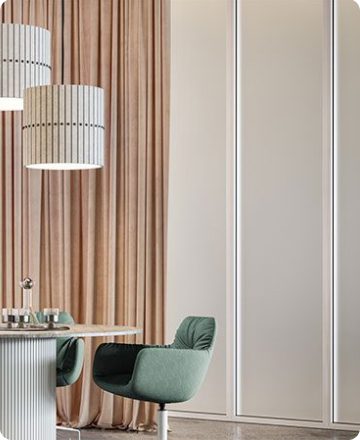Choosing the right panel materials is essential for creating cabinetry and joinery that lasts. Whether the project involves a residential kitchen, commercial fitout, or a custom storage solution, the quality and type of panel used will affect structural strength, durability, and overall finish.
This guide outlines the top joinery panels used across Australian interiors, including where each one performs best. By understanding the strengths and limitations of each panel type, tradespeople and designers can select materials that meet both practical and visual demands.
What Are the Top Panel Materials for Joinery and Cabinetry?
The following are some of the most widely used panel materials in cabinetmaking and joinery. Each offers a unique combination of performance and appearance.
- Plywood
Known for its strength and stability. Often used in structural cabinetry, kitchen bases, and areas exposed to moisture. - Moisture-Resistant MDF (MR MDF)
Provides a smooth surface and moderate moisture resistance. Suitable for indoor joinery such as bathroom vanities and laundry storage. - Standard MDF
Affordable and easy to work with. Ideal for dry zones like wardrobes, shelving, and painted cabinetry fronts. - Particle Board
Cost-effective and consistent in thickness. Used for low-impact cabinetry, often in budget projects or temporary installs. - Laminated Panels
Offer added durability and are easy to clean. Used where a low-maintenance, decorative surface is required. - Timber Veneer Panels
Deliver a natural wood finish with a refined look. Best for feature joinery where appearance is a key priority.
Why Does Material Choice Matter in Cabinet and Joinery Work?
Different spaces create different stresses on joinery materials. In kitchens and bathrooms, exposure to steam and water can compromise panels that are not moisture resistant. In high-traffic areas, surfaces need to resist scratching, impact, and wear.
Panels that lack structural integrity can swell, warp, or lose fasteners over time. Using low-grade material may save cost upfront, but it often leads to early failure. Selecting the correct panel ensures longevity and reduces the need for repairs or replacements.
How Do MDF, Plywood, and Particle Board Compare for Joinery Panels?
Understanding the composition and characteristics of each material helps determine which is best suited to your application.
Is MDF Strong Enough for Long-Term Cabinetry Use?
Medium-density fibreboard is a popular choice for cabinetry due to its smooth finish and consistent density. It performs well for painted doors and decorative panels. Standard MDF is best kept in dry areas, but moisture-resistant grades can be used for interior spaces like vanities if edges are properly sealed.
MDF is not as strong as plywood, particularly under heavy loads or in damp conditions. It requires careful installation to prevent swelling and loss of structural integrity.
Why Is Plywood Often Preferred for Structural Joinery?
Plywood is made by layering thin timber sheets with adhesive, creating a panel that resists warping and handles weight well. It is commonly used for base cabinetry, load-bearing shelving, and in environments where moisture may be present.
Plywood’s layered core gives it better screw retention compared to MDF or particle board. It is available in exterior and marine grades, which makes it suitable for projects like kitchen joinery or high-use commercial interiors.
Is Particle Board a Viable Option for Budget Cabinetry?
Particle board is made from wood particles bound with resin. It is cost-effective and widely used in modular furniture or carcass construction. It cuts cleanly and is available in various finishes.
While suitable for short-term or budget projects, it does not perform well in wet areas. It is also more prone to damage during installation and has low screw-holding strength compared to other panel types.
Are Laminated or Veneered Panels More Durable Than Raw Panels?
Surface finishes greatly affect how well a panel holds up under daily use. Laminated panels, such as melamine or high-pressure laminate, provide resistance to scratches and water. They are a practical option for benchtops, drawers, and cabinet doors where easy maintenance is important.
Timber veneer panels offer a real-wood look and add warmth to cabinetry. While they require more care, they are ideal for premium interiors or wardrobe applications. Veneered panels can be sealed with clear finishes for added durability.
What Panel Materials Are Recommended for High-Moisture Areas?
Wet zones demand panels that can withstand moisture over time. Standard MDF or particle board will often fail in these settings. Instead, use moisture-resistant MDF or exterior-grade plywood that is designed to resist swelling and breakdown.
Marine-grade plywood performs well in laundries, bathrooms, or below-sink installations. Laminated surfaces provide additional water resistance. However, even with water-resistant cores, proper sealing of cut edges and joins is essential to ensure long-term durability.
How Can You Tell If a Joinery Panel Will Last Over Time?
Durability can be judged by a few key factors. Look for materials with high density and strong internal bonding. Panels that hold screws firmly and resist edge chipping tend to last longer.
Surface treatments also play a role. Laminated or veneered finishes reduce wear and improve resistance to spills or impact. Partnering with suppliers who offer cut-to-size panel services ensures precision, reduces waste, and supports better installation outcomes.
Where Can You Source High-Quality Joinery Panels in Australia?
Mitchell Group supplies a wide selection of cabinetry materials suitable for joinery in kitchens, commercial interiors, and residential storage. Products include plywood, MDF, laminates, and decorative panels in multiple formats and finishes.
For projects requiring precision, our design and manufacturing service ensures panels are accurately sized and finished. We support trades, shopfitters, and builders with technical advice, fast delivery, and tailored solutions.
To discuss your project or request samples, get in touch with the Mitchell Group team.




